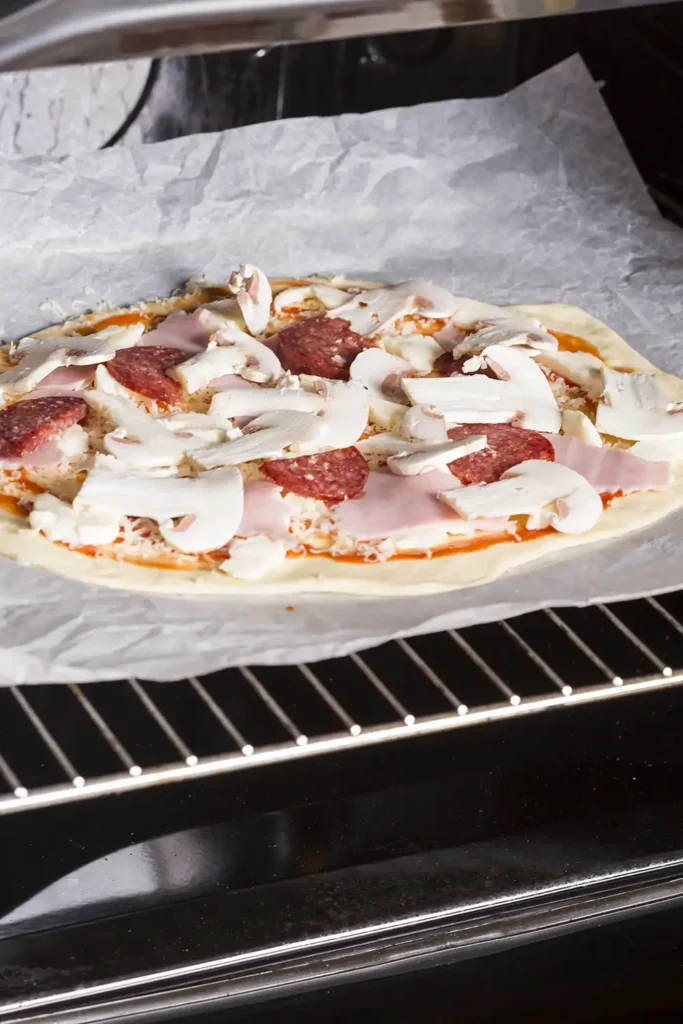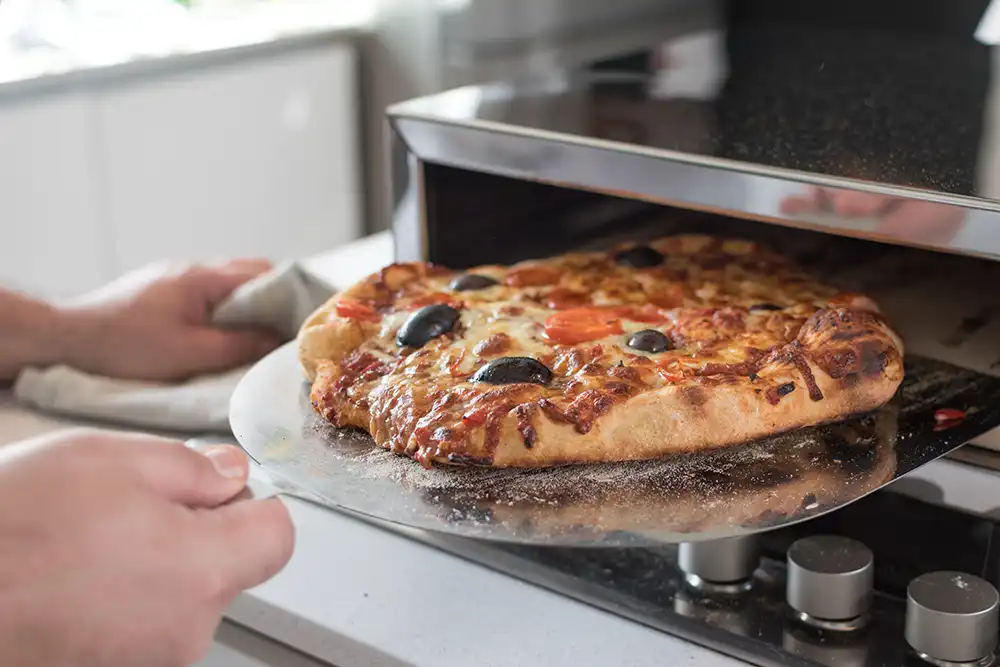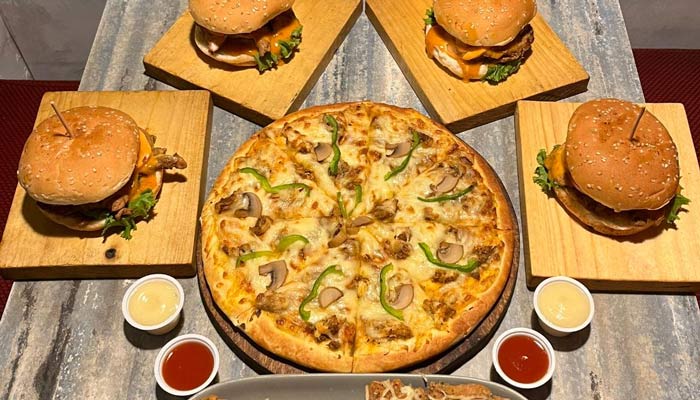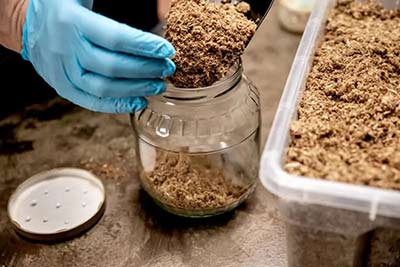How to Stop Pizza Base Burning in Pizza Oven
There’s something magical about homemade pizza. The scent of rising dough, the sizzle of cheese, the anticipation as you slide your creation into a blazing-hot oven-only to discover, moments later, that the bottom is blackened and bitter.
If you’ve ever felt that pang of disappointment, you’re not alone. Burning the base is one of the most common pitfalls for home pizza enthusiasts, especially when using a pizza oven for the first time. But don’t worry: with a little know-how and a few simple tricks, you can turn out pizzas with crisp, golden bases every time.
Let’s know the secrets of stopping that dreaded burnt bottom, so your next pizza is a slice of perfection.
1. The Heat Is On: Understanding Your Oven
Most pizza ovens-whether wood-fired, gas, or electric-are designed to reach temperatures far beyond what your kitchen oven can manage. That’s great for a bubbly crust and caramelized toppings, but it also means things can go from “almost done” to “burnt” in the blink of an eye.
What you need to know:
- Preheat thoroughly, but don’t overdo it. Give your oven and stone at least 30 minutes to heat up. For classic Neapolitan-style pizzas, you want the stone to be around 750°F (400°C). For thicker or loaded pizzas, aim for 600–650°F (315–345°C).
- Use an infrared thermometer. This little gadget is a game-changer. Point it at your stone or oven floor to get an instant, accurate reading. No more guesswork!
- Adjust the heat after preheating. Once your oven is hot, turn the flame down a bit before launching your pizza. This helps prevent the base from scorching before the toppings are cooked.
If you’re baking several pizzas in a row, let the stone recover its heat between pies. A cold stone can lead to undercooked bases, while a stone that’s too hot will burn them.
2. Dough: The Unsung Hero
It’s easy to focus on toppings, but dough is the soul of your pizza. How you handle it can make all the difference.
Key steps:
- Let your dough rest at room temperature. Cold dough is stiff and hard to stretch, and it tends to cook unevenly. Take it out of the fridge at least an hour before you plan to bake.
- Aim for higher hydration. Doughs with more water (65–70% hydration) are less likely to burn and produce a lighter, airier crust.
- Mix and proof with care. Well-mixed and properly proofed dough forms tiny bubbles. These bubbles lift the pizza slightly off the stone, allowing air to circulate and preventing burning.
- Don’t overload with sugar. Sugar helps with browning, but too much can cause the base to burn quickly, especially in high-heat ovens.
If you’re new to dough-making, start with a simple recipe using bread flour, water, salt, and a pinch of yeast. Once you’re comfortable, experiment with hydration and fermentation times.

3. Flour and Release Agents: Handle with Care
A dusting of flour or semolina on your pizza peel helps the dough slide into the oven-but too much can backfire.
What to do:
- Use just enough to prevent sticking. Excess flour or semolina under the pizza will burn, leaving bitter black spots and a gritty texture.
- Shake off the excess. After stretching your dough and placing it on the peel, give it a gentle shake to remove any loose flour.
- Try semolina for a crispier base. Some pizza makers swear by a light dusting of fine semolina, which burns less quickly than regular flour.
Caution: Cornmeal is sometimes used, but it can burn easily and add a gritty bite. Use sparingly, if at all.
4. Baking Techniques: Keep It Moving
No matter how perfect your dough and oven are, technique matters.
Here’s how to bake like a pro:
- Rotate your pizza. Pizza ovens have hot spots, especially near the flame. Use a turning peel or tongs to rotate your pizza every 20–30 seconds for even cooking.
- Move between zones. If your oven has areas that are hotter or cooler, shift your pizza around as it bakes.
- Lift to finish. If the base is browning too fast but the top needs more time, use your peel to lift the pizza closer to the oven ceiling. This lets the radiant heat finish the toppings without further cooking the base.
Watch for visual cues: A well-baked base will have an even golden color with some small, dark “leopard spots.” If you see large black patches, it’s time to lower the heat or adjust your technique.
5. Match Your Pizza to Your Oven
Different styles of pizza need different approaches.
- Neapolitan: Thin, soft, and baked hot and fast (700–800°F for 60–90 seconds).
- New York-style: Thicker, chewier, and baked at a slightly lower temp (600–650°F for 4–6 minutes).
- Deep-dish or loaded pies: Lower the temperature and bake longer to ensure the center cooks through before the base burns.
Experiment: Every oven is unique. Don’t be afraid to adjust your approach based on what you see and taste.
6. Keep It Clean
Burnt flour, cheese, or sauce left on your stone will smoke and stick to your next pizza.
- Sweep between bakes. Use a stiff brush or a damp cloth to clean your stone after each pizza.
- Check for hot spots. Over time, you’ll learn where your oven runs hottest. Use this knowledge to your advantage.
7. Troubleshooting: Quick Fixes for Common Problems
| Problem | Solution |
| Base burns before top cooks | Lower oven temp, rotate more, use higher hydration dough |
| Excess flour burning | Shake off extra flour, use less, try semolina sparingly |
| Uneven cooking | Move pizza between oven zones, rotate frequently |
| Stone cools between pizzas | Let stone reheat before baking the next pizza |
Conclusion: Your Path to Pizza Perfection
Making pizza at home is more than just cooking-it’s an experience, a chance to create and share something special. Don’t be discouraged by a few burnt bottoms; every great pizza maker has been there. With a little patience and these practical tips, you’ll soon be baking pizzas with crisp, golden bases and bubbling, irresistible toppings.
Remember, the best pizza is the one you make yourself. So gather your ingredients, fire up your oven, and enjoy the process. Each pie is a new opportunity to learn, improve, and-most importantly-enjoy delicious hoamemade pizza with friends and family.
Happy baking, and may your pizza bases always be golden and never burnt!







